 IMAGE: ELEN WINTA FOR BAGAHOLICBOY
IMAGE: ELEN WINTA FOR BAGAHOLICBOY
As we proceed on with the third and final part of the coverage on the 9 Métiers d’Art ateliers, we focus on another group that’s often overlooked, the 3 different Houses that produce the fabrics that eventually end up on RTW, on bags, sometimes on SLGs and accessories. From the weaving of tweed to the use of folded paper to compress and pleat fabrics and high-end embroidery that would boggle one’s mind, these 3 are experts in their specific skills, with expertise that’s so niche that they might not survive otherwise in this world without Chanel’s continued patronage.
Lesage
Famed for its expertise in the making of tweed, Lesage was found in 1924, and till this day, they work on this most familiar of materials that one often finds on Chanel’s pieces. Traditionally made from spun wool, the most amazing thing about Lesage today is that they have gone beyond using just that. Today, you’ll find most anything used in the weaving process, from silk threads and ribbons to strips of leather. And it doesn’t stop there. Remember the plastic cables you saw woven onto some bags from the Spring-Summer 2017 collection? Done by Lesage. Or what about the bags that came with flashing LED lights? Those came from Lesage too. In other words, before each bag is assembled into its final form, it is the craftspeople at Lesage that do all these intricate handwork of piecing everything together.
Lognon
The best way to describe what Lognon does is to reference Raf Simons for Dior’s Haute Couture 2015 collection, where he sent down beautifully pleated dresses and skirts in a variety of rainbow hues. That’s what the 72-year-old Lognon does, a House that’s renowned for pleating fabrics in a variety of ways, but using the most commonplace of materials, just paper, heavy weights and an oven. Fabric is placed between kraft paper moulds that might be first cut or folded to achieve the final design required, before it is gently heated and compressed into shape over time. And because it is an extremely time-consuming process that allows for zero mistakes (since you can’t really see the fabric or make adjustments once the fabric is encased within the paper, it is another craft that deserves to be preserved.
Montex
Major, and we mean, really major, really high-end embroidery is done at this atelier, simply known as Montex that was founded in 1939. Specialising in a fine beading technique known as lunéville (so specialised it has its own name), it uses a fine hook that comes pre-strung with beads on its accompanying thread. Typically done with the fabric stretched, the hand-embroidered work is done at such speed that it definitely requires much skill to ensure accuracy and precision, something the atelier prides itself on. Montex’s work can usually be found on Chanel’s Haute Couture and Ready-To-Wear collections, carefully integrating the traditional and contemporary as it continues to seek innovative and new ways of creative embroidery that are translated into beautiful garments that we see today.
And with this, it is time to conclude this mini-series on these 9 ateliers, which Chanel celebrates annually with Métiers d’Art collection, incidentally the same collection that you’ll find at Chanel’s Ephemeral Boutique at Marina Bay Sands now. My suggestion? Read all 3 posts again (see Related Posts), as well as this one on the bags from the #ParisCosmopolite collection and head down to MBS stat, where everything about these 9 ateliers will make so much more sense, especially when you’re at the boutique and trying to see the crafts that go behind each and every piece.
Image: Elen Winata for Bagaholicboy

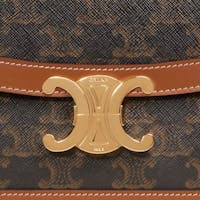
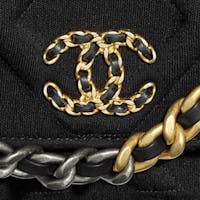
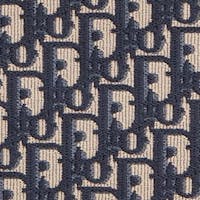
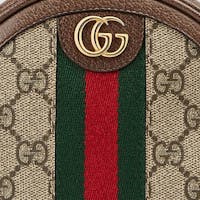
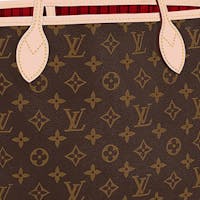


Comments
There are no comments yet.